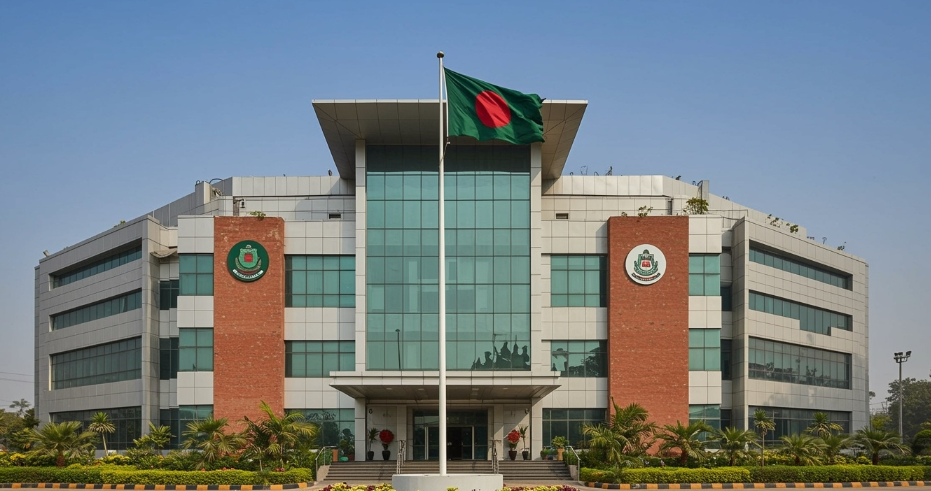A Landmark Development in Transportation
Pakistan Railways has reported an all-time high revenue of Rs 83 billion in just eleven months of the ongoing fiscal year. This marks the highest income ever recorded in the department’s history within this time frame, signaling a significant turnaround in operational efficiency, revenue generation, and financial management.
With one month still remaining in the fiscal cycle, Railways is positioned just Rs 5 billion short of its previous full-year record of Rs 88 billion — making it highly likely that a new annual revenue benchmark will be set.
Breakdown of Earnings: Passenger, Freight, and Beyond
According to a detailed briefing by the Railways spokesperson, the record revenue comes from three main sources:
Passenger Services
Rs 42 billion generated from passenger train operations, serving as a vital lifeline for inter-city travel.
Freight Transport
Rs 29 billion earned from cargo logistics, reflecting a strong push to commercialize this sector.
Miscellaneous Sources
Rs 12 billion from additional revenue streams including property leases, advertising, and station-based services.
Divisional Performance – Karachi Takes the Lead
Pakistan Railways’ income growth was driven primarily by strong performances across several key divisions, with the Karachi Division emerging as the clear frontrunner:
Karachi Division
Emerged as the top earner with Rs 13 billion from passenger operations and Rs 25 billion from freight transport — highlighting the port city’s critical role in cargo connectivity.
Lahore Division
Followed with Rs 10 billion from passenger services and Rs 750 million from freight operations.
Rawalpindi & Multan Divisions
Contributed significantly with a combined total of Rs 8 billion from passenger services alone.
This regional balance in revenue generation shows improved utilization of rail assets nationwide.
Comparison with Previous Years – A Turnaround in Motion
In the corresponding period last year, Pakistan Railways earned Rs 77 billion, making this year’s Rs 83 billion a 7.8% year-on-year increase. Such growth comes despite historical challenges, including:
- Outdated infrastructure and aging locomotives
- Operational inefficiencies and underutilization
- Past financial losses and mounting liabilities
This revenue rebound suggests that recent administrative reforms, technology integrations, and freight revitalization efforts are beginning to pay off.
Key Success Factors
Administrative Reforms
Streamlined management and decision-making processes
Technology Integration
Digital ticketing and improved scheduling systems
Freight Focus
Strategic push to revitalize cargo operations
Minister Hanif Abbasi: “We Are on the Path to Self-Reliance”
We are committed to transforming Pakistan Railways into a self-reliant institution. This revenue milestone is not the destination but a stepping stone toward modernizing our railway system.
— Muhammad Hanif Abbasi
Federal Minister for Railways
Federal Minister for Railways Muhammad Hanif Abbasi expressed satisfaction with the performance, attributing the success to the “dedication, commitment, and tireless efforts” of the Pakistan Railways workforce.
The Minister also reaffirmed plans to invest in several key areas to sustain the revenue momentum:
Digital Ticketing
Streamlining passenger booking experience
Cargo Tracking
Real-time freight monitoring systems
Network Upgrades
Infrastructure modernization projects
What This Means: A Glimpse into the Future
The record-setting revenue achievement is more than just a financial headline — it suggests the beginning of a broader revival for an organization long viewed as financially stagnant.
If Pakistan Railways can sustain this pace:
Public-Private Partnerships
May be drawn in for freight and infrastructure development, bringing new investment.
Loss-Making Routes
Might see renewed interest and funding, improving connectivity across the country.
ML-1 Project
Modernization projects like Main Line-1 under CPEC framework could gain new urgency.
Financial Sustainability
Could lead to debt reduction and increased capital for modernization efforts.
Challenges Ahead
Despite the positive momentum, several challenges remain on the road to complete revival:
Infrastructure Age
Aging tracks and bridges requiring significant investment
Rolling Stock
Need for modern locomotives and passenger coaches
Safety Standards
Improving safety records and operational protocols
Historical Debt
Managing outstanding liabilities and pension obligations
Conclusion: From Losses to Leadership?
This Rs 83 billion milestone positions Pakistan Railways as one of the few government departments showing measurable improvement in recent years. However, sustaining this performance will require policy consistency, investment in infrastructure, safety reforms, and a people-centric approach.
The next fiscal year will be a critical test of whether this momentum can be maintained — and whether Pakistan Railways can finally deliver on its long-promised potential.
Key Takeaways
Record Revenue
Rs 83B in just 11 months
Path to Self-Reliance
Reduced dependency on subsidies
Future Growth
Modernization and expansion plans








